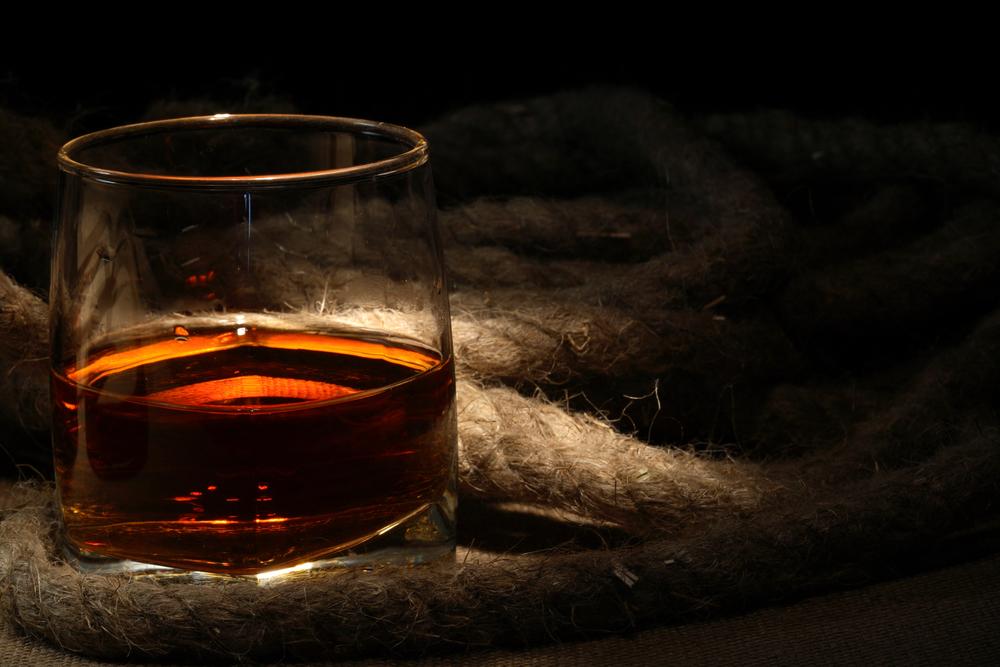In 1934, Ernest Gantt, also known as Donn Beach, opened his first Tiki bar in California. Victor Bergeron, also known as Trader Vic—as Tiki joint owners apparently don’t tend to use their real names—soon opened his first as well. The purportedly Polynesian theme caught on. Bergeron, who created his cocktail menu himself, came up with the mai tai in 1944.

The drink was built to showcase the rich, pungent flavors of dark Jamaican rum. cosma/Shutterstock





